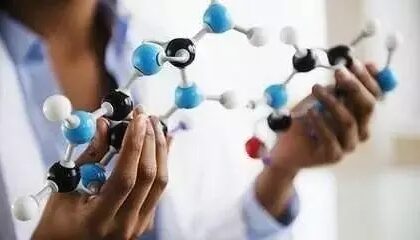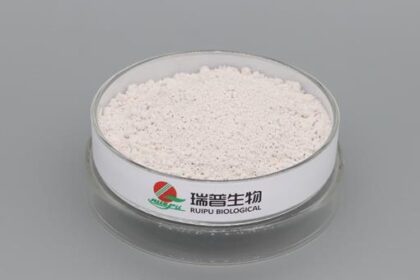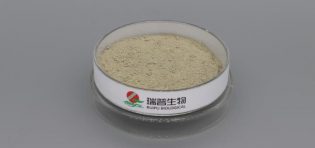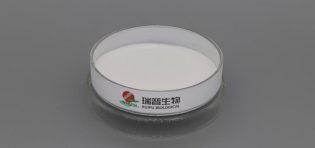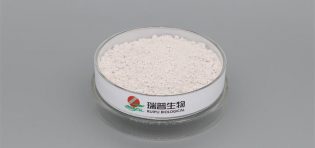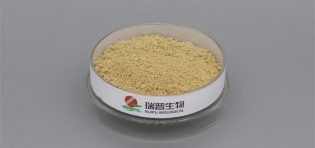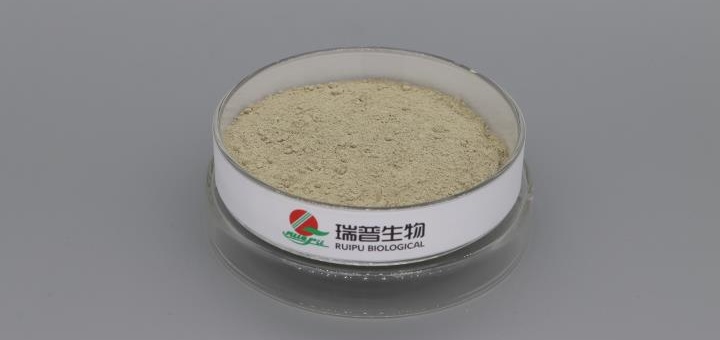
Ferrous gluconate, as an organic iron supplement, demonstrates unique application value in pet food due to its advantages of high bioavailability, mild irritation, and good palatability. Its application exploration mainly focuses on nutritional fortification, health maintenance, and product adaptability.
I. Core Value as an Iron Nutritional Fortifier
Iron is an essential trace element for pets, participating in the synthesis of hemoglobin and myoglobin, as well as cellular respiration. It is crucial for the growth and development of puppies and kittens and the maintenance of immunity in adult pets. As an iron source in pet food, ferrous gluconate has significant advantages over inorganic iron (such as ferrous sulfate):
High bioavailability: Ferrous gluconate is an organic chelated iron, and its molecular structure is more easily absorbed by the pet's intestinal tract, making it particularly suitable for young pets with underdeveloped digestive systems or pets suffering from chronic digestive diseases. Studies have shown that the absorption rate of organic iron in the pet's intestines can reach 1.5-3 times that of inorganic iron, which can effectively reduce the waste of iron elements and lower the risk of constipation caused by the accumulation of unabsorbed iron in the intestines.
Low irritation and good palatability: Inorganic iron is prone to irritating the pet's gastrointestinal mucosa, which may cause discomfort such as vomiting and diarrhea, and has a metallic fishy smell that affects pets' acceptance of food. In contrast, ferrous gluconate has mild chemical properties and a weak metallic taste. When added to pet dry food, wet food, or snacks, it has little impact on the flavor of the food and is more easily accepted by pets, especially suitable for picky pets or long-term nutritional supplementation scenarios.
II. Application Scenarios Targeting Specific Health Needs of Pets
The application of ferrous gluconate in pet food needs to be designed according to the physiological stages and health conditions of different pets:
Growth stage of young pets: Puppies and kittens have high iron requirements during their rapid growth period. Insufficient iron intake may lead to anemia (manifested as listlessness, dry hair, and decreased immunity). Adding ferrous gluconate to special food for young pets can work synergistically with nutrients such as protein and vitamin B12 to promote hemoglobin synthesis, helping their bone development and immune function construction.
Health maintenance of adult pets: Adult pets (especially large dogs and elderly dogs) may suffer from iron-deficiency anemia due to chronic blood loss (such as intestinal parasites, gastric ulcers) or iron absorption disorders. Adding ferrous gluconate to functional pet food can serve as a mild source of daily iron supplementation, helping to improve anemia symptoms. In addition, for pets in the post-operative recovery period, ferrous gluconate can accelerate the recovery of the body's hematopoietic function and shorten the recovery cycle.
Adaptation to special breeds: Some pet breeds (such as Greyhounds and Poodles) have low iron absorption efficiency or are prone to health problems due to abnormal iron metabolism. The low toxicity and controllable absorption characteristics of ferrous gluconate make it a safer iron supplement choice in the food for these pets. It can be added in precise doses (usually 50-150mg per kilogram of pet food, which needs to be adjusted according to the pet's weight and needs) to avoid liver burden caused by excessive iron.
III. Application Considerations in Pet Food Processing
When applying ferrous gluconate to pet food, it is necessary to consider its chemical stability and compatibility with other ingredients to ensure efficacy and product quality:
Processing stability: Ferrous gluconate is prone to oxidation and discoloration in high-temperature and high-humidity environments. Therefore, in the extrusion process of pet dry food, it is necessary to control the processing temperature (it is recommended not to exceed 120°C) or adopt post-spraying technology (uniformly spraying it on the surface after product forming) to reduce the damage to its activity caused by high temperature. For pet wet food (such as canned food and fresh packs), attention should be paid to the tightness of the packaging to avoid oxygen entering and causing oxidation of iron elements, which affects the iron supplementation effect.
Ingredient synergy and taboos: When ferrous gluconate is used together with vitamin C, it can promote iron absorption. Therefore, in formula design, vitamin C can be appropriately compounded to improve iron supplementation efficiency. However, it is necessary to avoid adding large amounts of high-calcium ingredients (such as calcium carbonate) and tannin-containing substances (such as some plant extracts) at the same time, so as not to form insoluble complexes and reduce the bioavailability of iron.
Regulations and safe dosage: Different countries and regions have clear regulations on the addition amount of ferrous gluconate in pet food (for example, the European Union EFSA recommends that the maximum iron content in pet food is 300mg per kilogram of dry matter). In practical applications, relevant standards must be strictly followed to avoid iron poisoning caused by excessive addition (manifested as vomiting, abdominal pain, liver damage, etc.).
IV. Application Prospects and Challenges
With the improvement of pet owners' demand for refined pet nutrition, the application scenarios of ferrous gluconate in pet food are constantly expanding, such as being used as a core nutritional fortifier in prescription food, special food for elderly pets, and functional snacks. However, its application still faces some challenges: first, the cost is higher than that of inorganic iron, which may increase the production cost of pet food; second, the safety data of long-term addition still needs to be accumulated, especially the tolerance differences among different pet breeds need further research. In the future, by synergistically compounding with other trace elements (such as zinc and copper) or developing microencapsulated ferrous gluconate (to improve stability and targeted absorption), it is expected to further expand its application potential in pet food.
Ferrous gluconate has irreplaceable advantages in iron nutritional fortification of pet food due to its high safety, good palatability, and high bioavailability. Its application needs to combine the physiological needs of pets, food processing technology, and safety standards to achieve a balance between nutritional efficacy and product quality.

